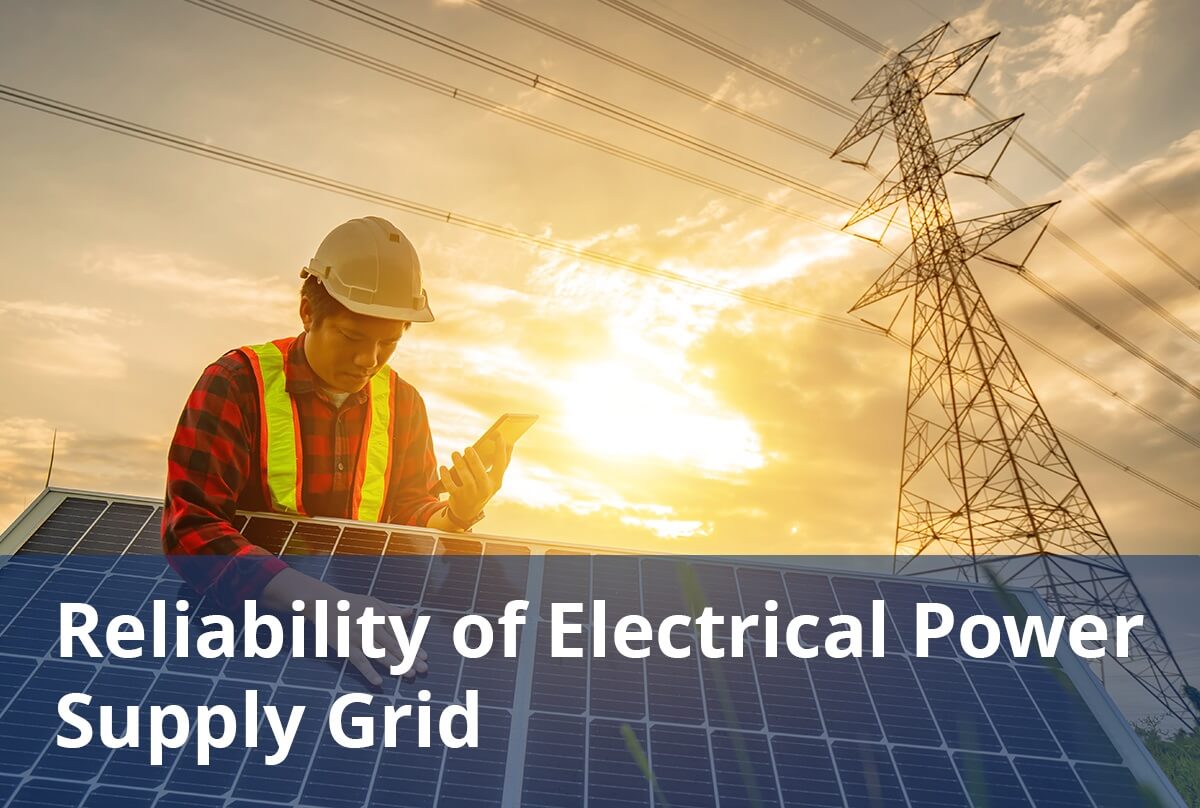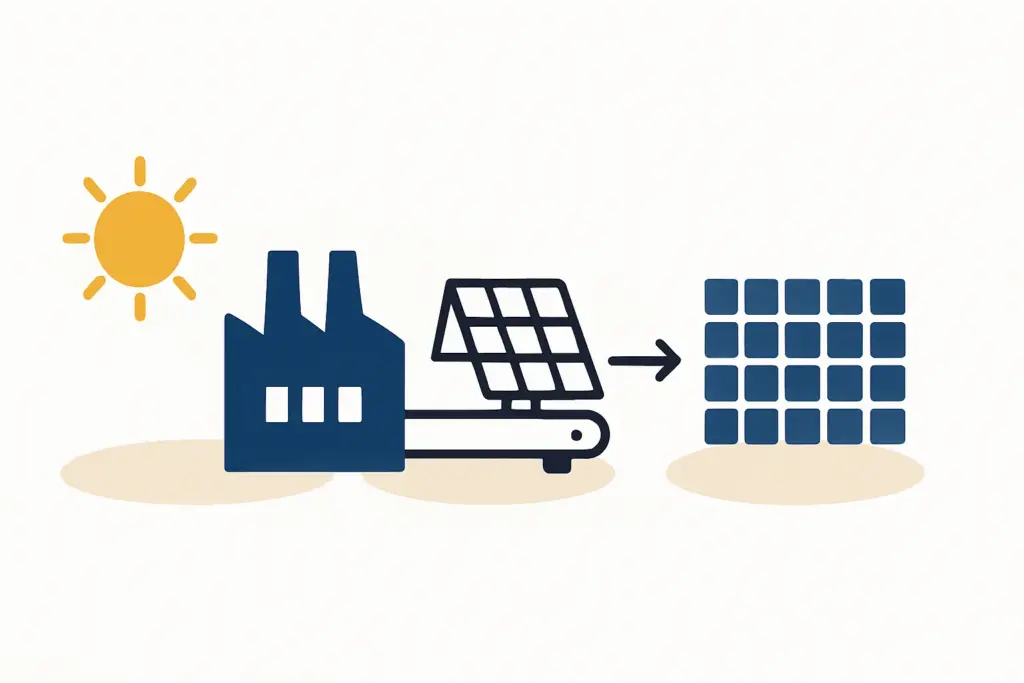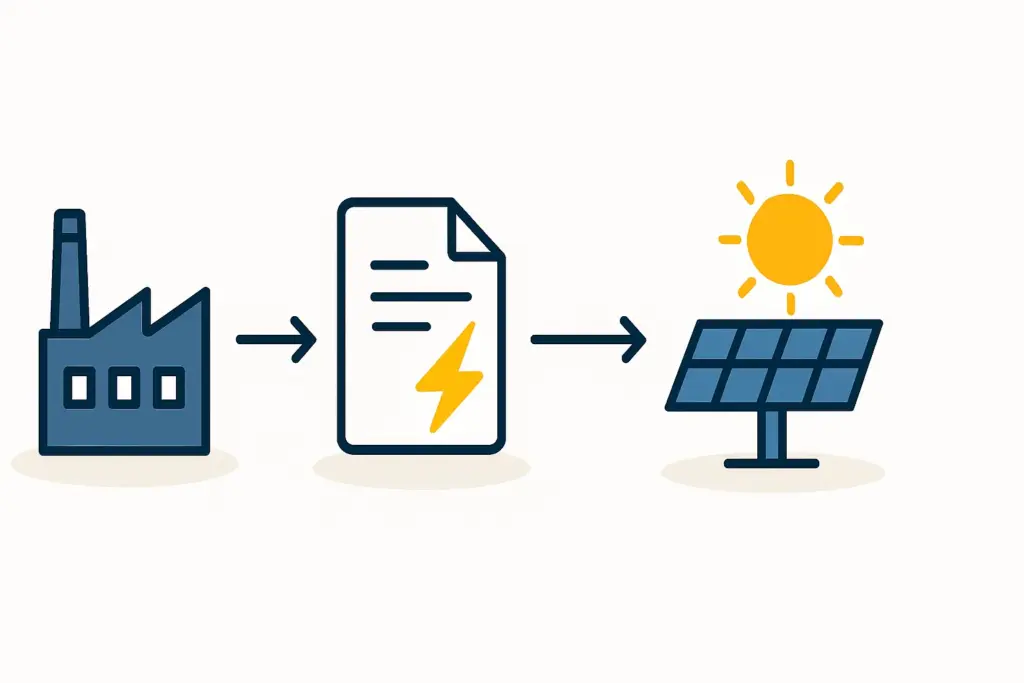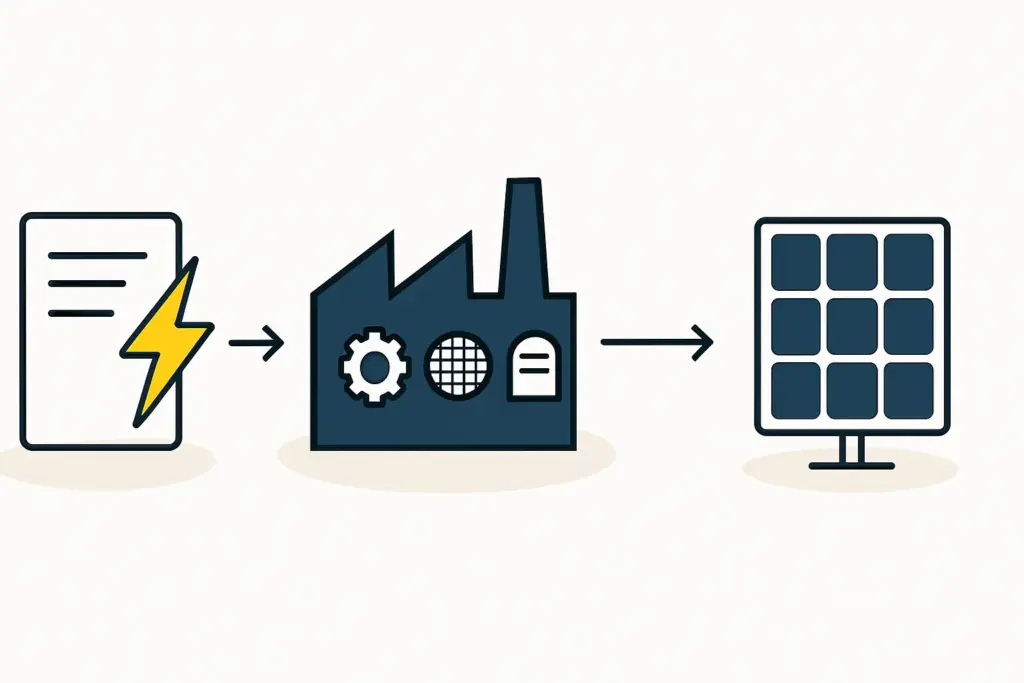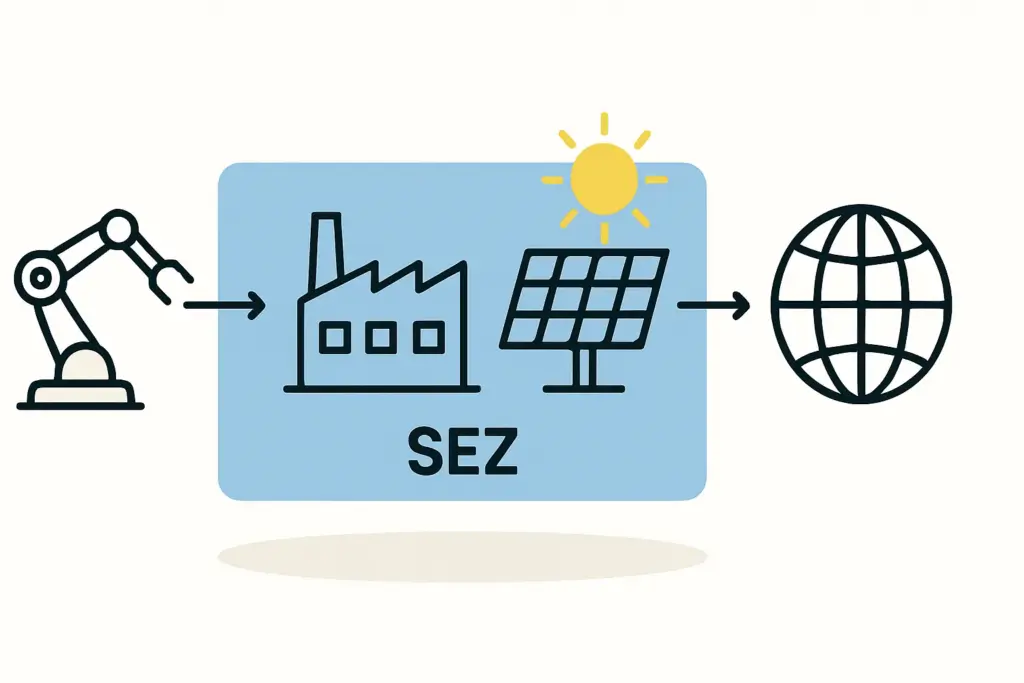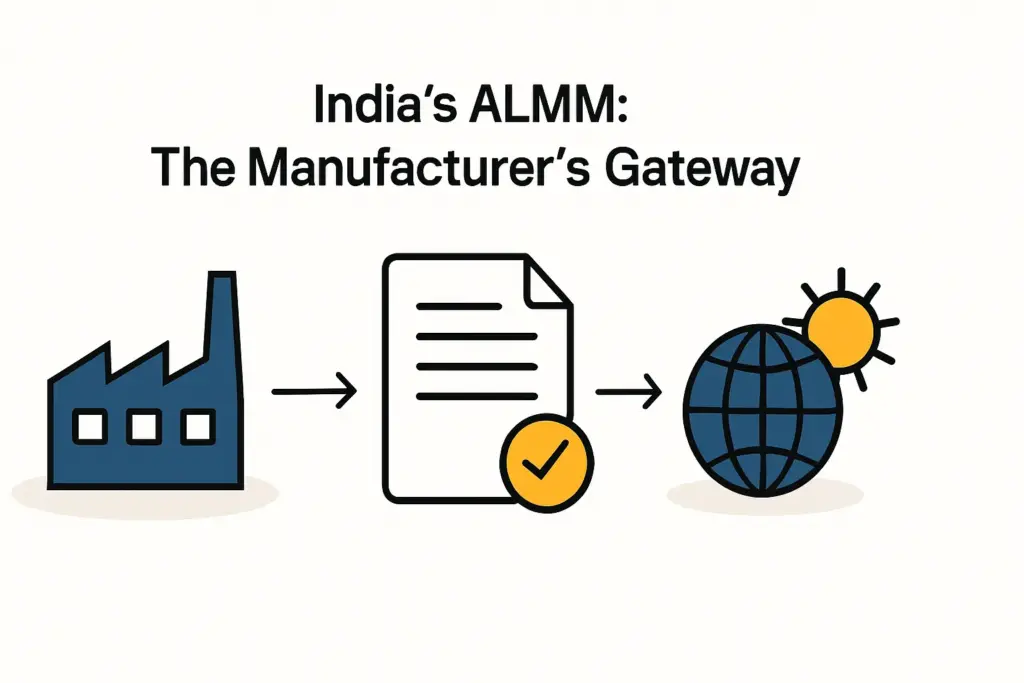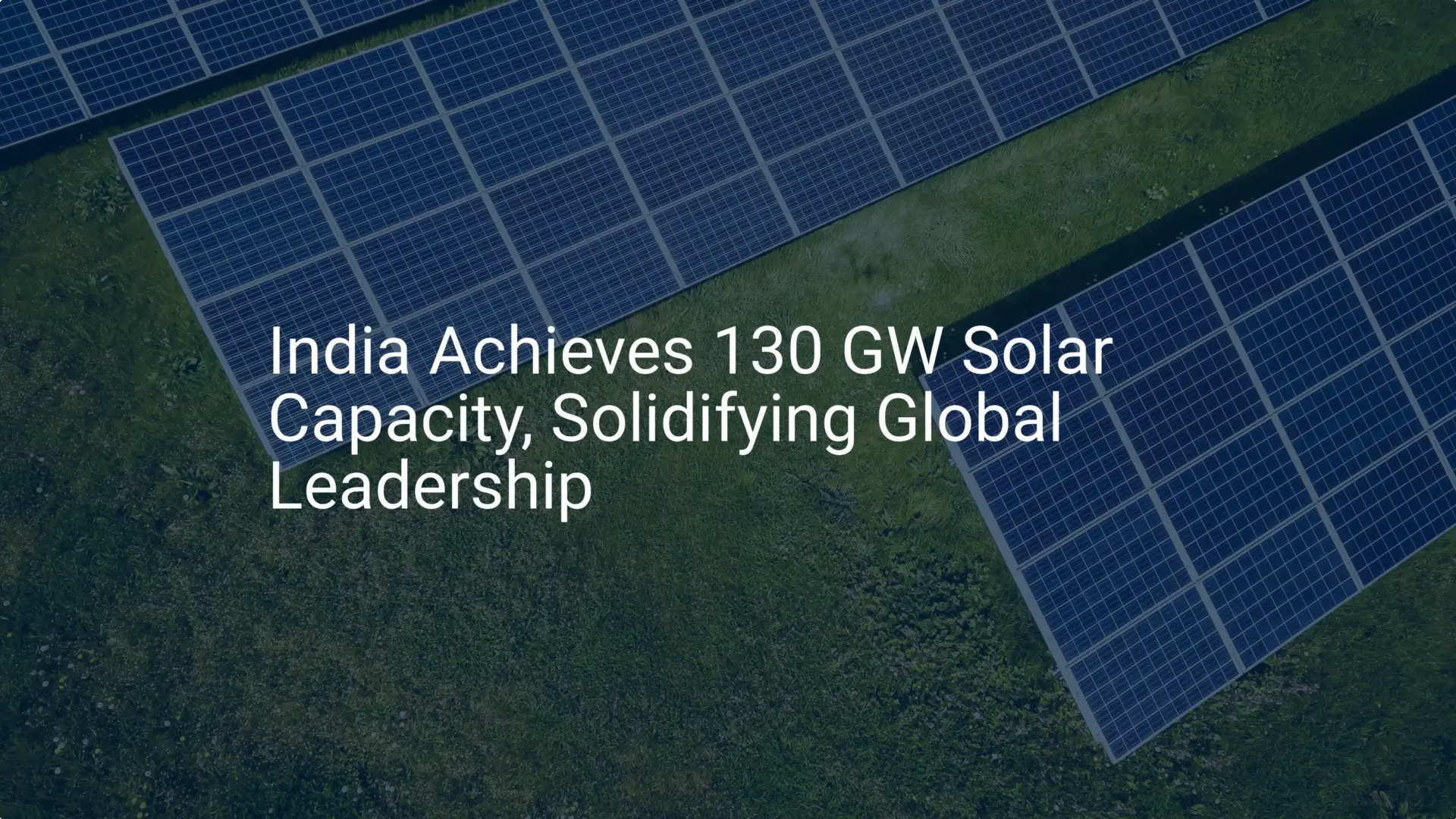Discover comprehensive insights into the statistics, market trends, and growth potential surrounding the solar panel manufacturing industry in India
- Makade, R. G., Chakrabarti, S., & Jamil, B. (2021). Development of global solar radiation models: A comprehensive review and statistical analysis for Indian regions. Journal of Cleaner Production, 293, 126208. https://www.researchgate.net/publication/349071546_Development_of_Global_Solar_Radiation_Models_A_Comprehensive_Review_and_Statistical_Analysis_for_Indian_Regions
- International Renewable Energy Agency. (2023). India energy profile. https://www.irena.org/-/media/Files/IRENA/Agency/Statistics/Statistical_Profiles/Asia/India_Asia_RE_SP.%20pd
- Statista. (2024). Average cost of state electricity supply in India from financial year 2010 to 2022. Retrieved from https://www.statista.com/statistics/808201/india-cost-of-state-electricity-supply/
- Statista. (2023). Public opinion on duration of power outage, daily in India in 2023. Retrieved from https://www.statista.com/statistics/1394678/india-opinion-on-duration-of-power-outage/.
- Ministry of New and Renewable Energy. (2023). Nearly 70.1 GW solar power capacity installed in the country: Union Minister for New & Renewable Energy and Power. Retrieved from https://pib.gov.in/PressReleaseIframePage.aspx?PRID=1947140
- Statista. (2024). Solar electricity generation in India from 2010 to 2022. Retrieved from https://www.statista.com/statistics/1401414/india-solar-power-generation/
- IRENA (2022). Renewable technology innovation indicators: Mapping progress in costs, patents and standards. https://www.irena.org/publications/2022/Mar/Renewable-Technology-Innovation-Indicators
- U.S. Energy Information Administration. (2022). India, Retrieved from https://www.eia.gov/international/analysis/country/IND.
- Economic Times. (2021). Retrieved from https://energy.economictimes.indiatimes.com/news/power/rural-average-electricity-supply-at-22-17-hours-a-day-23-36-hours-in-cities-in-june-2021-power-ministry/85067788
- Ornate Solar. (2024). Solar subsidy in India explained. Retrieved from https://ornatesolar.com/blog/state-wise-solar-subsidies-in-india-2021
- Council on Energy, Environment and Water. (2023). India has 637 GW of residential rooftop solar energy potential: CEEW report. Retrieved from https://www.ceew.in/press-releases/india-has-637-gw-residential-rooftop-solar-energy-potential-for-over-25-crore-households.
- BYJU’S. (2024). List of largest solar power plants in India. Retrieved June 14, 2024, from https://byjus.com/free-ias-prep/list-of-solar-power-parks-in-india/
- Arka360. (2024). What is India’s solar power target by 2030. Retrieved from https://arka360.com/ros/india-solar-energy-target-2030/
- Mordor Intelligence. (2024). Off-grid solar energy market size source. Retrieved from https://www.mordorintelligence.com/industry-reports/off-grid-solar-energy-market/market-size.
- International Renewable Energy Agency. (2022). Off-grid renewable energy solutions. Retrieved from https://www.irena.org/-/media/Files/IRENA/Agency/Publication/2022/Aug/IRENA_IOREC_outcomes_report_2022.pdf?rev=b876f936739242ef8c1c3a9bfc475772
- Sify Technologies. (2024). Sify data centers to invest in over 200 MW of green power. Retrieved from https://www.sifytechnologies.com/news/sify-data-centers-to-invest-in-over-200-mw-of-green-power
- PayScale. (2024). Salary for skill: Solar energy / solar power. Retrieved from https://www.payscale.com/research/IN/Skill=Solar_Energy_%2F_Solar_Power/Salary
- World Bank. (2024). The World Bank in India. Retrieved from https://www.worldbank.org/en/country/india#:~:text=With%20a%20population%20of%20more,been%20accompanied%20by%20economic%20growth
- World Economic Forum. (2019). Solar panel production: India is now producing the world’s cheapest solar power. Retrieved from https://www.weforum.org/agenda/2019/06/india-is-now-producing-the-world-s-cheapest-solar-power/
- International Energy Agency. (2021). India energy outlook 2021. Retrieved from https://www.iea.org/reports/india-energy-outlook-2021
- Council on Energy, Environment and Water. (2017). REmap renewable energy prospects for India. https://www.irena.org/-/media/Files/IRENA/Agency/Publication/2017/May/IRENA_REmap_India_paper_2017.pdf
- Press Information Bureau. (2023). A number of initiatives taken for incentivizing solar PV manufacturing in India: Union Power & NRE Minister Shri R. K. Singh. Retrieved from https://pib.gov.in/Pressreleaseshare.aspx?PRID=1909955
- Solar Insure. (2024). Top 5 largest solar power plants of the world. Retrieved from https://www.solarinsure.com/largest-solar-power-plants
- (2023). Rewa Ultra Mega Solar. Retrieved from https://en.wikipedia.org/wiki/Rewa_Ultra_Mega_Solar
- Land Conflict Watch. (2023). Ananthapuramu solar power park oustees demand higher compensation for their land. Retrieved from https://www.landconflictwatch.org/conflicts/ananthapuramu-solar-power-park-oustees-demand-higher-compensation-for-their-land
- Wikipedia. (2024). Gujarat Hybrid Renewable Energy Park. Retrieved from https://en.wikipedia.org/wiki/Gujarat_Hybrid_Renewable_Energy_Park.
- Bluebird Solar. (2023, November 28). Home solar panel installation cost in India 2023. Retrieved from https://bluebirdsolar.com/blogs/all/solar-panel-installation-cost-in-india
- Power Technology. (2024). Power plant profile: GIPCL Raghanesda Solar PV Park, India. Retrieved from https://www.power-technology.com/data-insights/power-plant-profile-gipcl-raghanesda-solar-pv-park-india/?cf-view
- Servotech. (2024). List of top 10 solar panel manufacturers in India. Retrieved from https://www.servotech.in/blog/top-solar-panel-manufacturers-in-india
- PV Magazine. (2024). India is seeing record demand for rooftop solar systems. Retrieved from https://www.pv-magazine-india.com/2024/04/02/india-is-seeing-record-demand-for-rooftop-solar-systems
- India Briefing, Minimum Wages and Salary Structures in India retrieved from https://www.india-briefing.com/doing-business-guide/india/human-resources-and-payroll/minimum-wage
- Factory for rent, Real estate India, retrieved from https://www.realestateindia.com/delhi-property/factory-for-rent.htm
- Indeed website, salaries of solar installer in India; retrieved from https://in.indeed.com/career/solar-installer/salaries
- Water Charges in India https://www.ocwindia.com/consumer_corner/water_charges_tariff#




